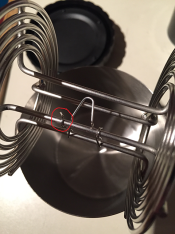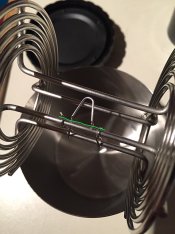I fold the tape over so that the taped end is both more stiff and easier to load into the reel.
I have never had a problem with any of the Kodak films or replenished Kodak developers or other chemicals I use.
I am absolutely confident that Kodak wouldn't include problematic tape adhesives in film designed to run through commercial labs' processors.
I have never had a problem with any of the Kodak films or replenished Kodak developers or other chemicals I use.
I am absolutely confident that Kodak wouldn't include problematic tape adhesives in film designed to run through commercial labs' processors.












